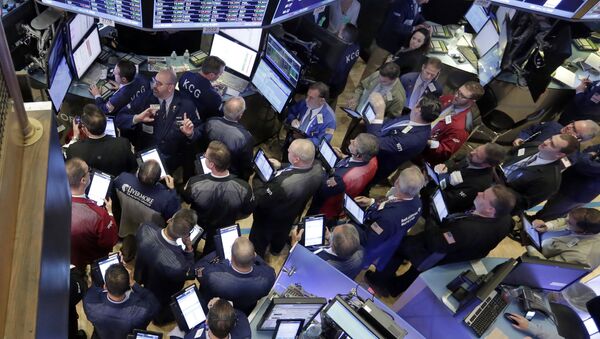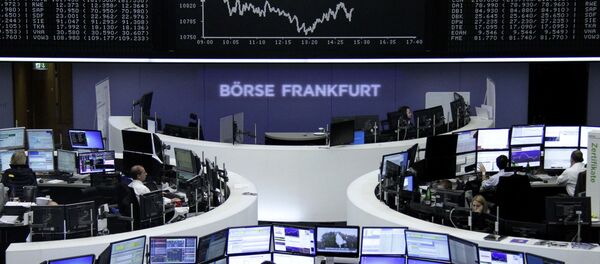According the US Department of Commerce data, the economy added an annualized 1.5% in Q3 after accelerating to 3.9% the previous quarter. The warehouse glut indicated most manufacturers opted to store raw materials instead of increasing industrial output, perhaps hoping for higher returns later as commodity prices weaken further. The situation will hardly persist as most US warehouses are running out of storage space, most notably, oil storage facilities, thus suggesting the current commodity prices are just at their lowest possible at the current scale of economic activity.
The US Federal Reserve, however, more optimistic of the broader economic situation, even hinting at a possible December increase in borrowing costs. Monetary tightening measures usually hurt economic growth, meaning the Fed are expecting a Q4 acceleration.
"Underlying growth is still strong, or at least, strong enough to handle interest rates not being at emergency low levels anymore," Jennifer Lee of the Toronto-based BMO Capital Markets.
The Fed assess the current pace of economic expansion as ‘moderate', yet they see strong fundamentals in robust domestic consumer spending.
Insufficiency in the US storage space cut off some 1.5% of the final Q3 GDP reading. Considering other negative factors, the US economic expansion could still have been above 3% in the third quarter.
Meanwhile, US consumer spending added 3.2% in Q3 compared to 3.6% the previous quarter. Households' disposable income rose 3.5% in Q3 from 1.2% the previous quarter due to the persistent low inflation and improved labor market.
With the US unemployment rate close to its 1973 reading at about 5%, the outlook is moderately optimistic. Inflation slowed again to 1.3% excluding food and energy in Q3 from 1.9% the previous quarter.
A stronger dollar continues to hurt US exports and overseas corporate revenues. Imports dropped, too, lowering the international trade impact to the US GDP to almost negligible in the third quarter.
Broader business investment stood at the last quarter's readings. Spending on new machinery added 5.3% year-on-year, the twelve-month highest. However, investment in research and development dropped to 1.8%, the lowest its been for two years.






